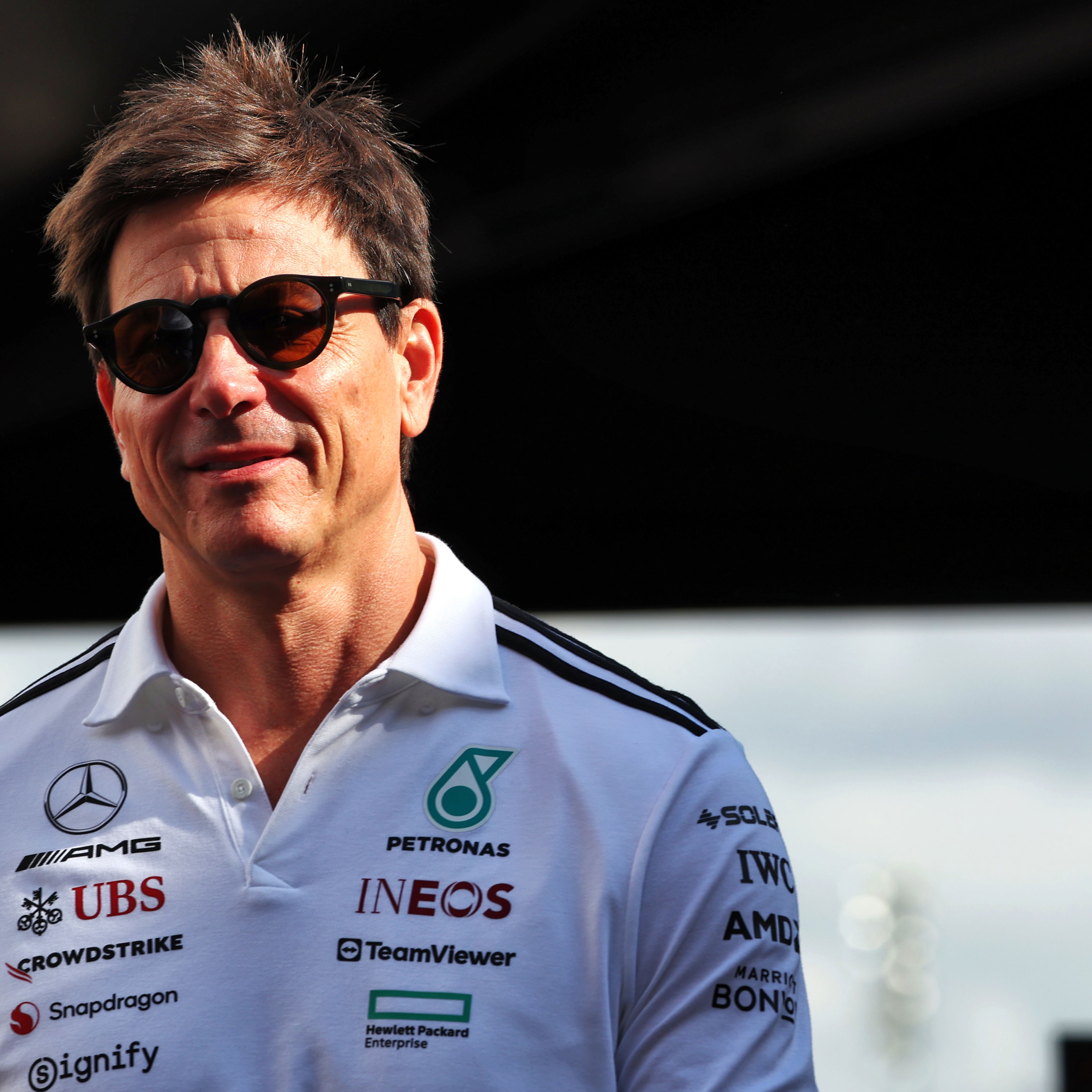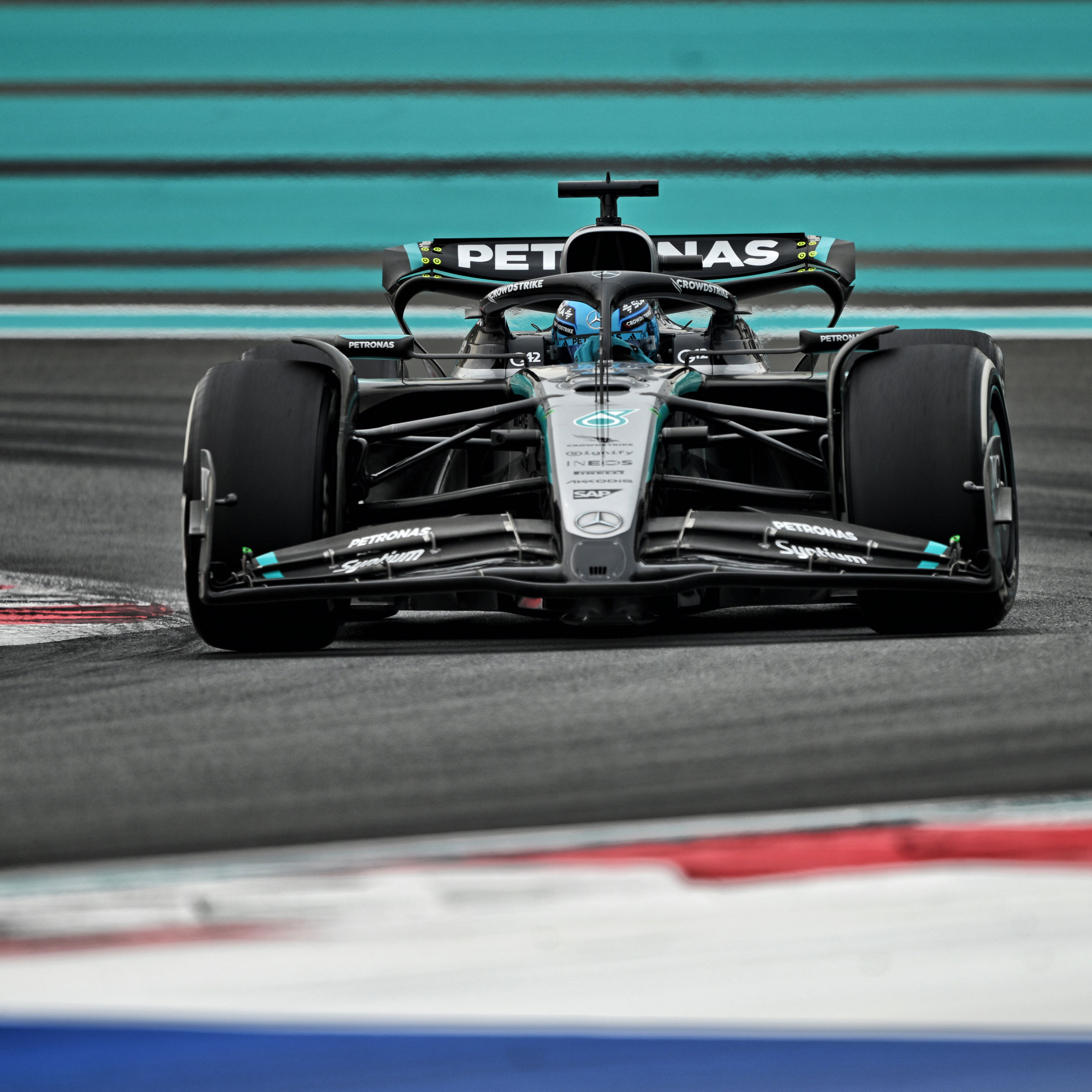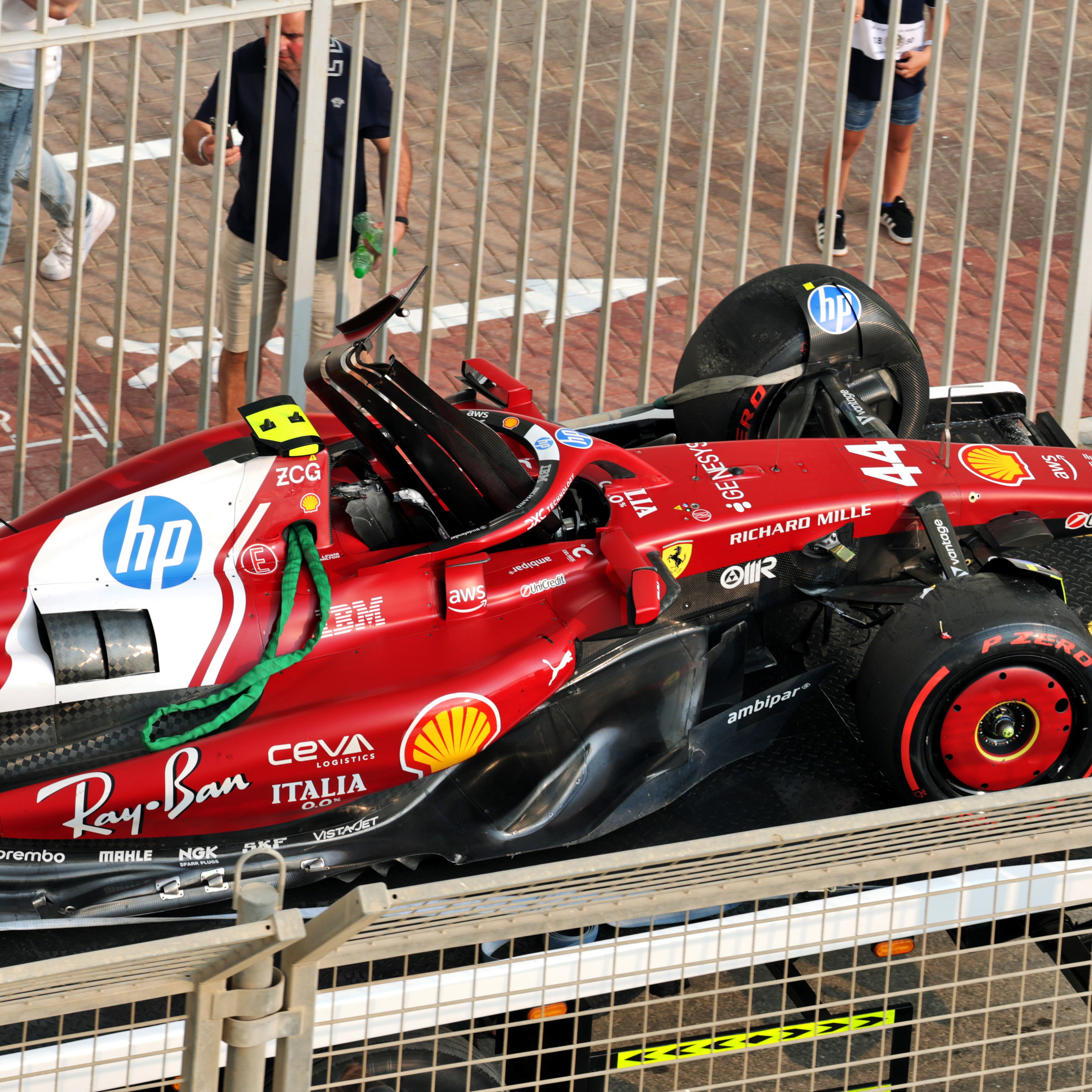Reliability the key component for RS24.
Along with a brand new chassis, Renault's Formula One effort will also encompass a redesigned V10. Unlike most of its rivals, however, the reworking is not just down to new regulations introduced over the winter, but also stems from a rethink on technical direction.
Along with a brand new chassis, Renault's Formula One effort will also encompass a redesigned V10. Unlike most of its rivals, however, the reworking is not just down to new regulations introduced over the winter, but also stems from a rethink on technical direction.
Renault's return to the big time was accompanied by a radically-wide 110-degree V-angle built into its engine. After several seasons of trying to bring the concept up to speed with the likes of BMW, Ferrari and even fellow newcomers Toyota, however, the boffins behind the powerplant have admitted defeat and reverted to a more conventional design.
Add in the fact that each engine now has to have the capability of lasting an entire grand prix weekend - with penalties for those that don't - and the factory at Viry-Chatillon has had a busy twelve months.
"I didn't work on the RS24, having only taken up my position a few weeks before the official launch of the new car, but I have been very pleasantly surprised by the work
of the team at Viry-Ch?tillon - and endorse 100 per cent the choices that have been made," commented Rob White, the team's new technical director with responsibility for engines.
"The engine project leader, L?on Taillieu, and the R24's chief designer, Mark Smith, have worked very closely together, and the results are impressive. Obviously, the
objective has been to benefit from the lessons learned with the wide-angle, and to fully utilise Renault's expertise in F1 engines."
White admitted that the new rules, put in place by the FIA well in advance of the 2004 campaign, also had a vital part to play in the concept of the latest V10.
"The 2004 regulations impose absolute reliability and, logically, this is what the team has concentrated on," he explained, "Every part of the engine has been reviewed,
redesigned and tested. Furthermore, we have used extremely aggressive approval processes on the dyno. Our aim was to combine all the most demanding operating conditions for the engine, and to guarantee the engine can cope with them.
"However, that's not to say we have neglected performance. We will begin the season with a reasonable level of power, and intend to make progress both in this area, and also in terms of the engine's weight. Major evolutions are currently under approval."
White was also quick to point out that the design team had not been sitting back after making sure the new powerplant was ready to run.
"The team has been working on the 2005 engine for several months now," he said, "This is a demanding period of the year: I have to share my ideas and experience with all the engineers at Viry-Ch?tillon, and then summarise the results. My role will be to co-ordinate all technical activities, to push forward on integration with Enstone, to
take part in the development of the RS24 and to oversee the birth of the RS25.
"There is one key thing we must keep in mind at all times - our aim is not just to build an engine, but to produce a competitive engine/chassis package."










